-
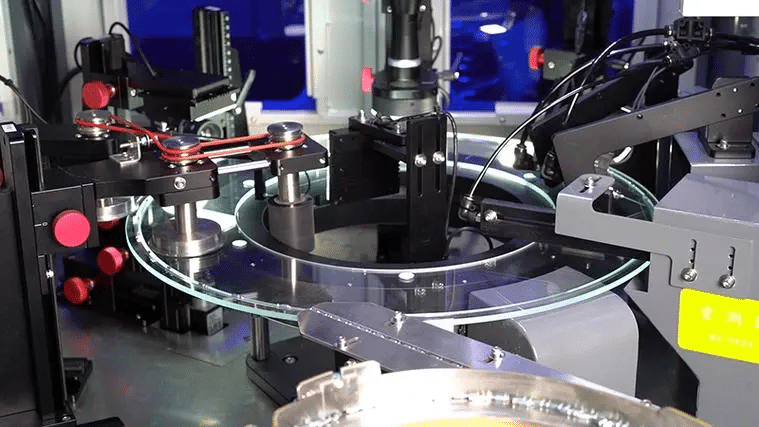
Optical inspection equipment refers to devices used for inspecting and examining surfaces using optical methods. By implementing optical inspection equipment, precise and high-speed inspections of fine surface details can be performed, leading to improved productivity. However, many people may have questions such as “Can optical inspection equipment provide accurate inspections?” or “How do I choose optical inspection equipment?”. In this article, we will address such concerns and provide an introduction to the mechanism and selection criteria for optical insp......
2023.7.16Published by YLRead More -
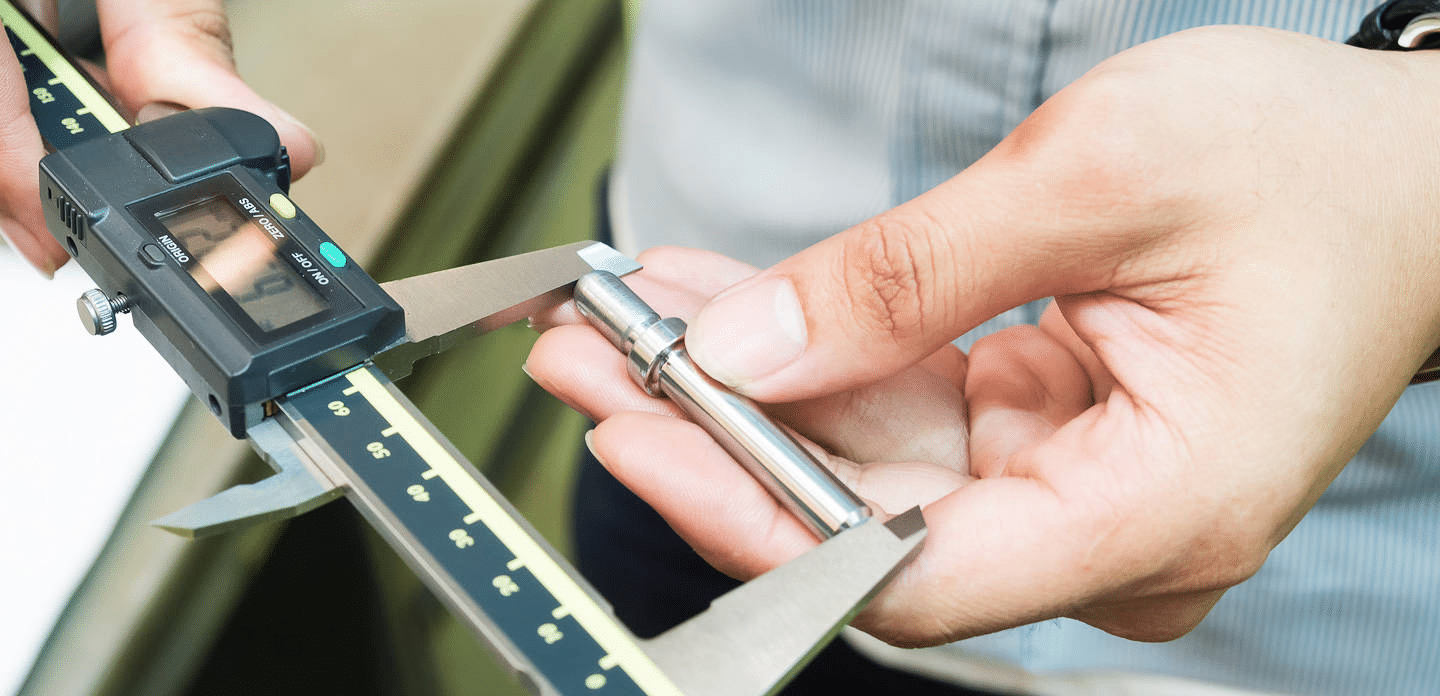
In the dynamic world of quality control, businesses face a critical decision: Should they embrace the meticulousness of 100% inspection or opt for the efficiency of sampling? It’s a choice that can significantly impact product integrity, operational costs, and customer satisfaction. As organizations strive to strike the delicate balance between accuracy and expediency, understanding the trade-offs between these approaches becomes paramount. In this article, we delve into the intriguing realm of quality control, exploring the advantages, disadvantages, and the intricate trade-offs ......
2023.7.16Published by YLRead More -
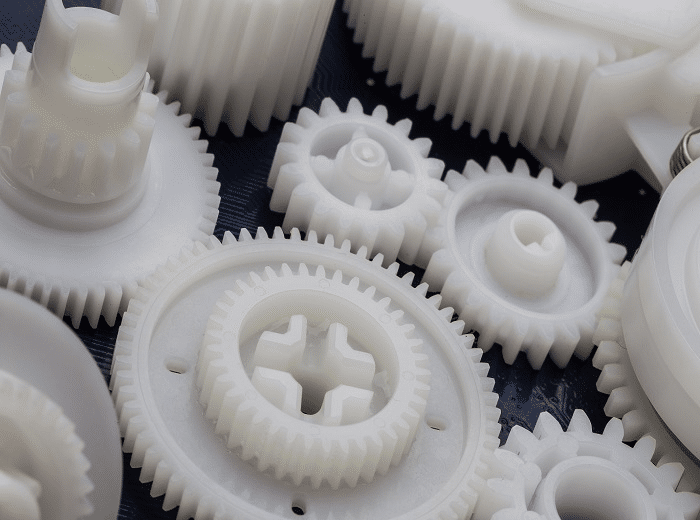
Compared to metals and ceramics, resin molding can produce large quantities of high-precision products at low cost. In addition, since it is cheaper and has excellent mass production compared to processing methods such as cutting and pressing, there are many cases where parts that used aluminum or other materials at the prototype stage are changed to resin at the mass production stage. However, there are also characteristics such as injection and blowing defects due to abnormalities such as viscosity, temperature, and pressure during molding, and shape defects due to mold wear. Furth......
2023.6.19Published by YLRead More -

In today’s marketplace, consumers are presented with an overwhelming array of products, each vying for attention and trust. But how can we be certain that the products we bring into our lives meet the highest standards of safety and reliability? This is where UL certification steps in as a vital assurance for both businesses and consumers alike. UL, short for Underwriters Laboratories, has established itself as a globally recognized leader in safety science. With a rich history spanning over a century, UL has become synonymous with stringent testing, evaluation, and certificati......
2023.6.18Published by YLRead More -

In an interconnected and globalized business landscape, maintaining a strong and reliable supply chain has become a critical factor for success. Suppliers play a pivotal role in delivering the goods and services that fuel our organizations. However, with the increasing complexity of supply chains, businesses face a myriad of risks ranging from compliance issues to quality control failures. To ensure sustainable growth and mitigate potential disruptions, companies must employ effective measures to assess the reliability and integrity of their suppliers. This is where supplier audits emer......
2023.6.18Published by YLRead More -
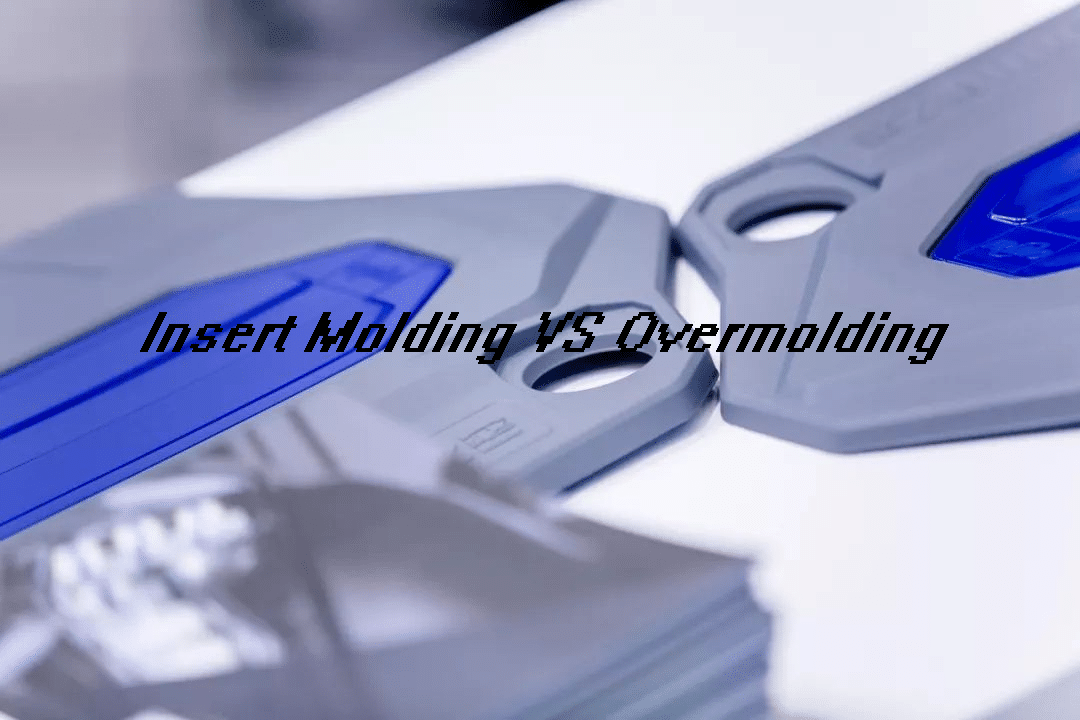
In the realm of manufacturing, injection molding has revolutionized the production of intricate and complex parts with remarkable efficiency. Two popular techniques that have emerged within this domain are insert molding and overmolding. While both methods involve the injection of molten material into a mold, they serve distinct purposes and offer unique advantages. Understanding the differences between insert molding and overmolding is crucial for manufacturers seeking to optimize their processes and enhance the functionality and durability of their products. In this article, we delve ......
2023.6.18Published by YLRead More -
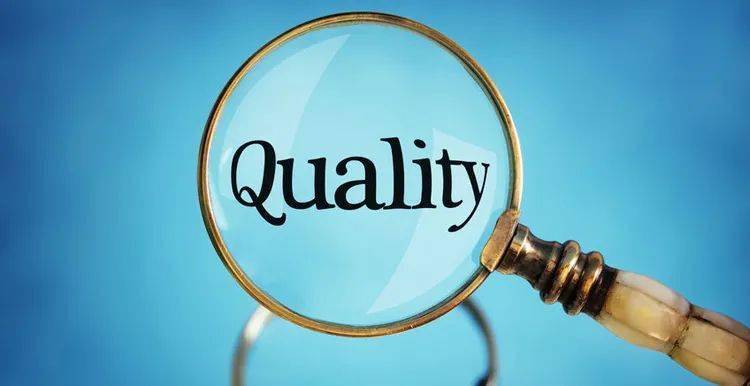
Sampling plays a crucial role in quality control and assurance processes across various industries. The objective of sampling is to obtain representative information about a population or a batch of products to make informed decisions. Zero Acceptance Number (ZAN) sampling plans are an intriguing approach that challenges conventional thinking by allowing no defective items to be accepted. In this article, we will delve into the concept of ZAN sampling plans, their advantages, limitations, and real-world applications. What is Zero Acceptance Number Sampling Plans? Zero Acce......
2023.6.18Published by YLRead More -

In today’s highly competitive business landscape, maintaining product quality is paramount. Quality control processes play a crucial role in ensuring that products meet the required standards and customer expectations. Among the various quality control techniques, sampling plans provide an efficient way to assess product quality by examining a subset of items from a larger batch or population. When it comes to sampling plans, two commonly used methods are single sampling and double sampling. Both approaches offer distinct advantages and considerations that can significantly imp......
2023.6.15Published by YLRead More